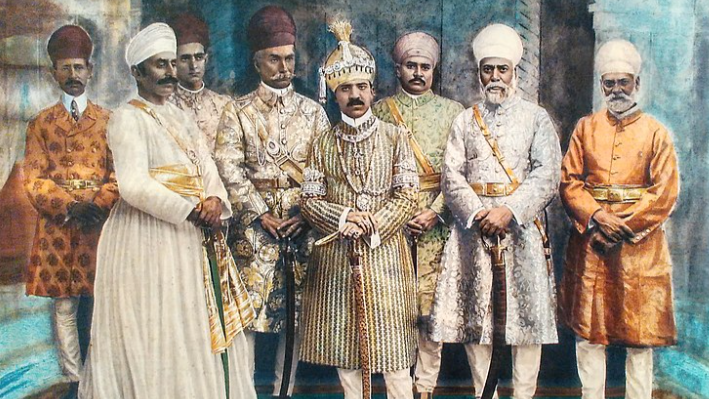
The history and evolution of Sherwani
Share
Image credits: Wikipedia
The Sherwani, a symbol of elegance and cultural heritage in South Asia, has a rich history that traces back to the Mughal Empire in the 16th century. Originally, it was a fusion of the Persian chogha and the Indian achkan, worn by Mughal aristocracy and courtiers. The Sherwani was initially a long coat-like garment with a close-fitting collar and buttoned front, often made of luxurious fabrics like silk, brocade, or velvet, and richly embroidered.
During the British colonial period in the 19th century, the Sherwani gained prominence as it was adopted by the nawabs and other Indian nobility as a formal attire, symbolizing a blend of traditional and modern influences. It evolved into a garment that signified both cultural pride and social status, worn on formal occasions, including weddings and state ceremonies.
In post-independence India and Pakistan, the Sherwani became even more entrenched as a symbol of national identity. It was embraced by leaders like Jawaharlal Nehru and Muhammad Ali Jinnah, further popularizing its use among the masses. Over time, the design of the Sherwani continued to evolve, with variations in length, collar styles, and embellishments, reflecting contemporary fashion trends while retaining its traditional essence.
Today, the Sherwani is a staple in South Asian weddings and festive occasions. Designers have modernized it with innovative cuts, lighter fabrics, and diverse color palettes, making it accessible and appealing to younger generations. Despite these changes, the Sherwani remains a timeless garment, embodying a rich tapestry of history, culture, and elegance that has transcended centuries. Its evolution reflects the dynamic interplay between tradition and modernity in South Asian fashion.
